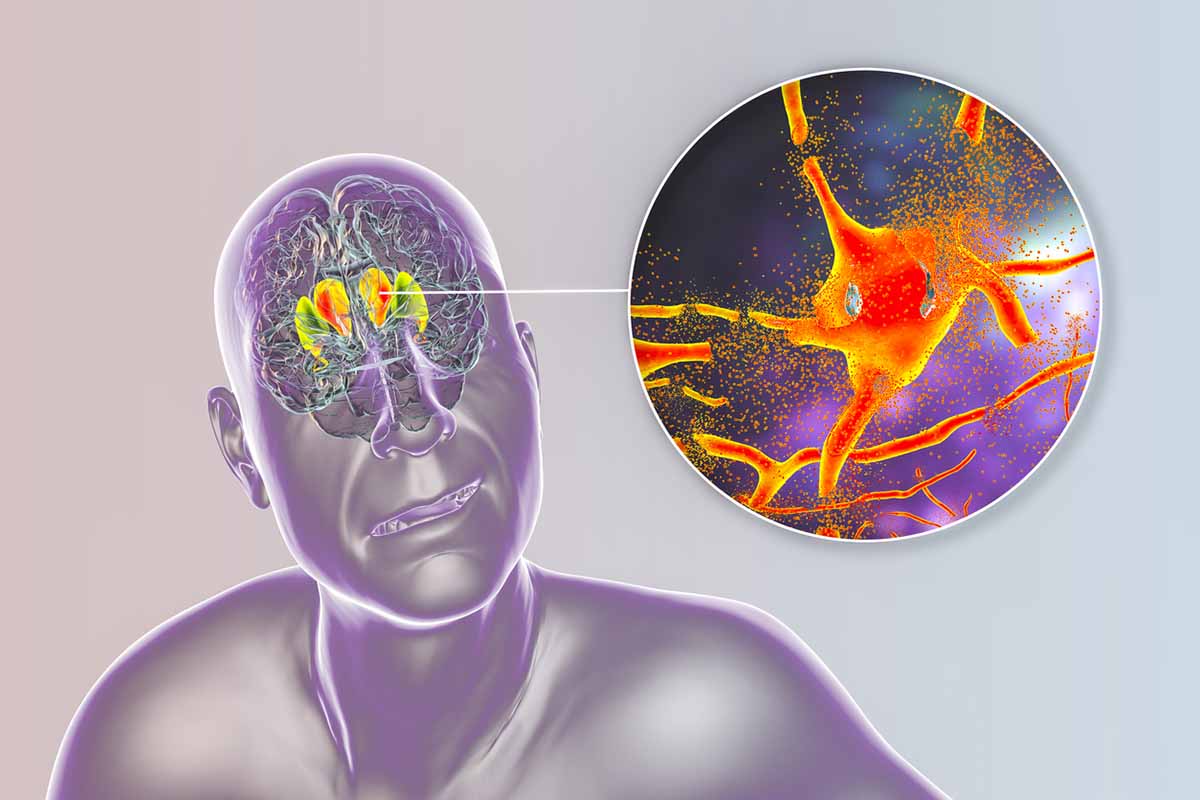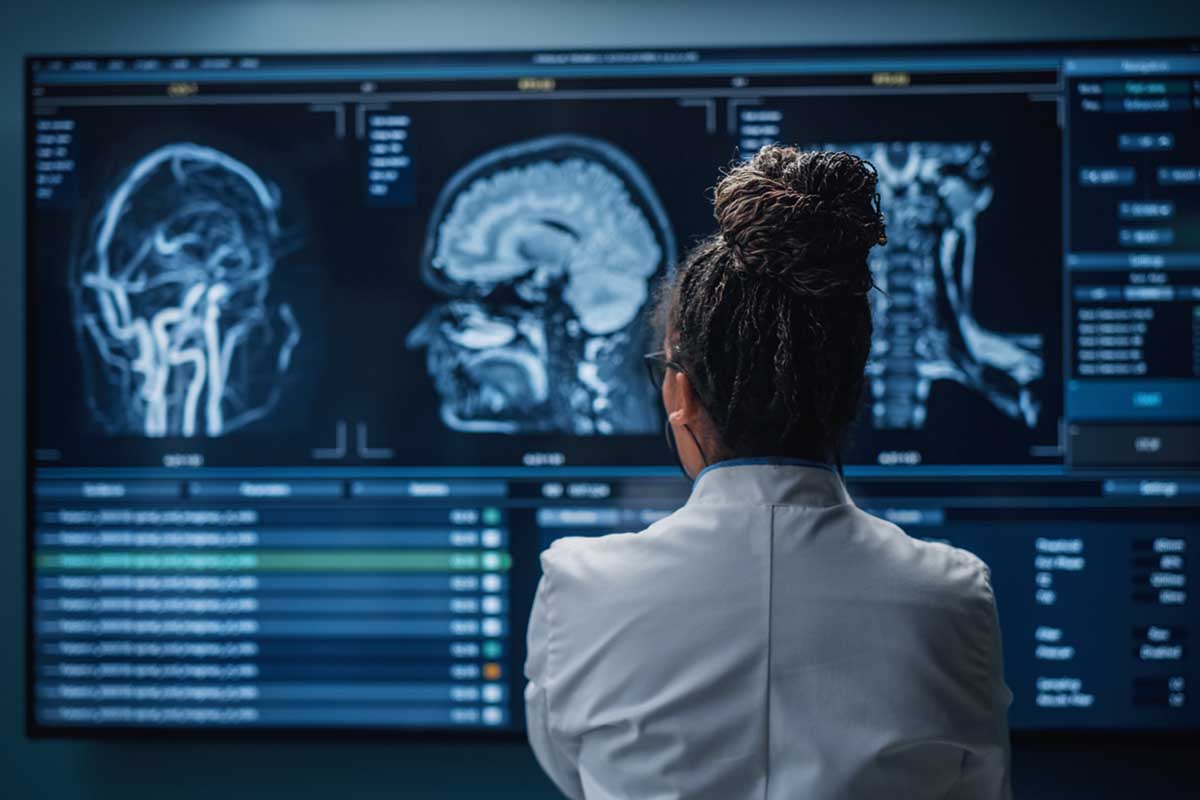Letter to the Editor: Poststroke depression is highly prevalent in stroke populations and negatively impacts the lives of patients with stroke. Screening and proactive treatment is strongly recommended. Here, we shed light on risk factors, purported mechanisms, diagnostic tips, and treatment options for poststroke depression.
Prevalence and Impact
Approximately one-third of stroke survivors develop a depressive disorder in the first year after a stroke.1 Untreated poststroke depression can prolong hospital stays, reduce participation in rehabilitative services, lead to social withdrawal, increase physical handicap, reduce quality of life, and increase mortality (by 3 times) and risk for recurrent stroke.2
Risk Factors
Risk factors include younger age (˂ 68 years), female gender, genetics (5-HTTLPR), past psychiatric history of mood/anxiety disorder, medical history of diabetes mellitus, stroke severity, left frontal/basal ganglia location, higher level of disability, cortical atrophy, less social support, and cognitive impairment.3 Nonetheless, risk related to age, sex, and location are inconsistent.
Diagnosis
Poststroke depression can be formally diagnosed per DSM-5–TR criteria as depressive disorder due to another medical condition (cerebrovascular stroke) with 3 subtypes: with major depressive-like episode, with depressed features, or with mixed features. It should be borne in mind, however, that some DSM criteria (especially somatic and cognitive) might be attributable to biological alterations of stroke rather than a bona fide major depressive disorder.4
Assessment Scales
The 9-item Patient Health Questionnaire,5 Center of Epidemiologic Studies-Depression Scale,6 Hamilton Depression Rating Scale (HDRS),7 and Geriatric Depression Scale8 are useful screening instruments and have been constantly used in poststroke depression studies.9
Mechanisms
Several mechanisms have been posited.10 Lesional location operates either by directly impacting neurotransmitters aberrations (through impinging on ascending monoaminergic pathways) or cumulative damage in neural circuits of interest (prefrontal-amygdala-hippocampal). These include decreased 5-HT, dopamine, and norepinephrine but increased glutamate. Impaired neurogenesis/angiogenesis (as shown with lower brain-derived neurotrophic factor and vascular endothelial growth factor levels) is also proposed. Hypothalamic-pituitary-adrenal axis activation with elevated glucocorticoids can be contributory. Immune dysfunction (evidenced by elevated proinflammatory cytokines interferon-γ, tumor necrosis factor α, interleukin [IL]-1β, IL-6, IL-18) has been incriminated as well.11
Treatment
Psychopharmacotherapy is considered firstline12; however, tolerability issues abound. Selective serotonin reuptake inhibitors (SSRIs) are preferred over tricyclic antidepressants (secondary amines studied) given side effect profiles (anticholinergic and arrhythmogenic of the latter). However, efficacy of SSRIs in studies of poststroke depression is generally inconsistent. SSRIs have been tied to gastrointestinal bleeding, syndrome of inappropriate secretion of antidiuretic hormone, and risk of falls in the geriatric population, thus extra caution should be exerted.13 Stimulants (eg, methylphenidate) have been trialed for rapid prompt treatment of inpatients, augmentation, and residual fatigue and cognitive symptoms. Neuromodulation (repeated transcranial magnetic stimulation or electroconvulsive therapy as last resort) remains a viable option with adaptations. Cognitive-behavioral therapy has demonstrated a positive efficacy signal not only on mood but also on physical recovery and should be on the agenda.
Effects of Antidepressants
These effects of antidepressants (SSRIs) have been shown to transcend mood brightening to include procognitive and neuroprotective gains,14 improved motor recovery (evidence available for fluoxetine) and rehabilitative outcomes, and reduced mortality.
Conclusion
Given the enormous toll that poststroke depression takes on the lives of those with stroke, screening and preemptive treatment with psychotherapy and SSRIs (escitalopram has shown to prevent the development of poststroke depression) from the outset is strongly advocated.
Article Information
Published Online: August 31, 2023. https://doi.org/10.4088/PCC.23l03498
© 2023 Physicians Postgraduate Press, Inc.
Prim Care Companion CNS Disord 2023;25(4):23l03498
To Cite: Naguy A, Alamiri B. Insights into poststroke depression. Prim Care Companion CNS Disord. 2023;25(4):23l03498.
Author Affiliations: Al-Manara CAP Centre, Kuwait Centre for Mental Health, Jamal Abdul-Nassir St, Shuwaikh (Naguy, Alamiri); Tufts University, Medford, Massachusetts (Alamiri).
Corresponding Author: Ahmed Naguy, MBBch, MSc, Al-Manara CAP Centre, Kuwait Centre for Mental Health, Jamal Abdul-Nassir St, Shuwaikh, Sulibikhat, 21315 Kuwait ([email protected]).
Relevant Financial Relationships: None.
Funding/Support: None.
References (14)

- Medeiros GC, Roy D, Kontos N, et al. Post-stroke depression: a 2020 updated review. Gen Hosp Psychiatry. 2020;66:70–80. PubMed CrossRef
- Amaricai E, Poenaru DV. The post-stroke depression and its impact on functioning in young and adult stroke patients of a rehabilitation unit. J Ment Health. 2016;25(2):137–141. PubMed CrossRef
- Shi Y, Yang D, Zeng Y, et al. Risk factors for post-stroke depression: a meta-analysis. Front Aging Neurosci. 2017;9:218. PubMed CrossRef
- Ibrahimagic OC, Smajlovic D, Kunic S, et al. Post-stroke depression. Mater Sociomed. 2019;31(1):31–34. PubMed CrossRef
- Kroenke K, Spitzer RL, Williams JBW. The PHQ-9: validity of a brief depression severity measure. J Gen Intern Med. 2001;16(9):606–613. PubMed CrossRef
- Siddaway AP, Wood AM, Taylor PJ. The Center for Epidemiologic Studies-Depression (CES-D) scale measures a continuum from well-being to depression: Testing two key predictions of positive clinical psychology. J Affect Disord. 2017;213:180–186. PubMed CrossRef
- Hamilton M. A rating scale for depression. J Neurol Neurosurg Psychiatry. 1960;23(1):56–62. PubMed CrossRef
- Yesavage JA, Brink TL, Rose TL, et al. Development and validation of a geriatric depression screening scale: a preliminary report. J Psychiatr Res. 1982-1983;17(1):37–49. PubMed CrossRef
- Meader N, Moe-Byrne T, Llewellyn A, et al. Screening for poststroke major depression: a meta-analysis of diagnostic validity studies. J Neurol Neurosurg Psychiatry. 2014;85(2):198–206. PubMed CrossRef
- Frank D, Gruenbaum BF, Zlotnik A, et al. Pathophysiology and current drug treatments for post-stroke depression: a review. Int J Mol Sci. 2022;23(23):15114. PubMed CrossRef
- Naguy A, Sabir S. Conceptual reframing of major depressive disorder- acute ‘Psychitis’? Asian J Psychiatr. 2020;47:101848. PubMed CrossRef
- Starkstein SE, Hayhow BD. Treatment of post-stroke depression. Curr Treat Options Neurol. 2019;21(7):31. PubMed CrossRef
- Herrmann N. Use of SSRIs in the elderly: obvious benefits but unappreciated risks. Can J Clin Pharmacol. 2000;7(2):91–95. PubMed
- Naguy A, Alamiri B. Antidepressants-a misnomer? clinical impressionism or scientific empiricism? Prim Care Companion CNS Disord. 2022;24(3):21br03084. PubMed CrossRef
Please sign in or purchase this PDF for $40.
Save
Cite



